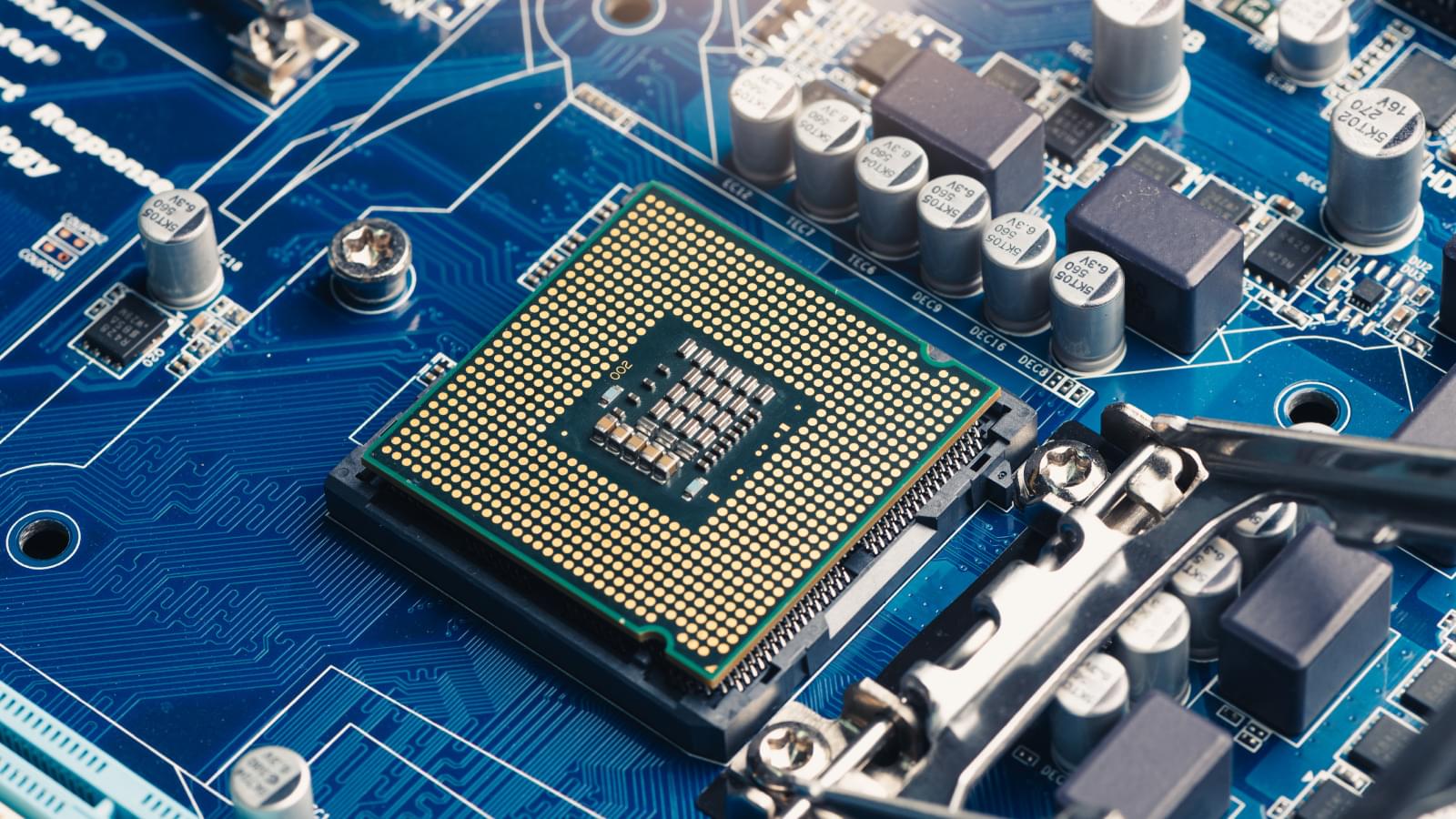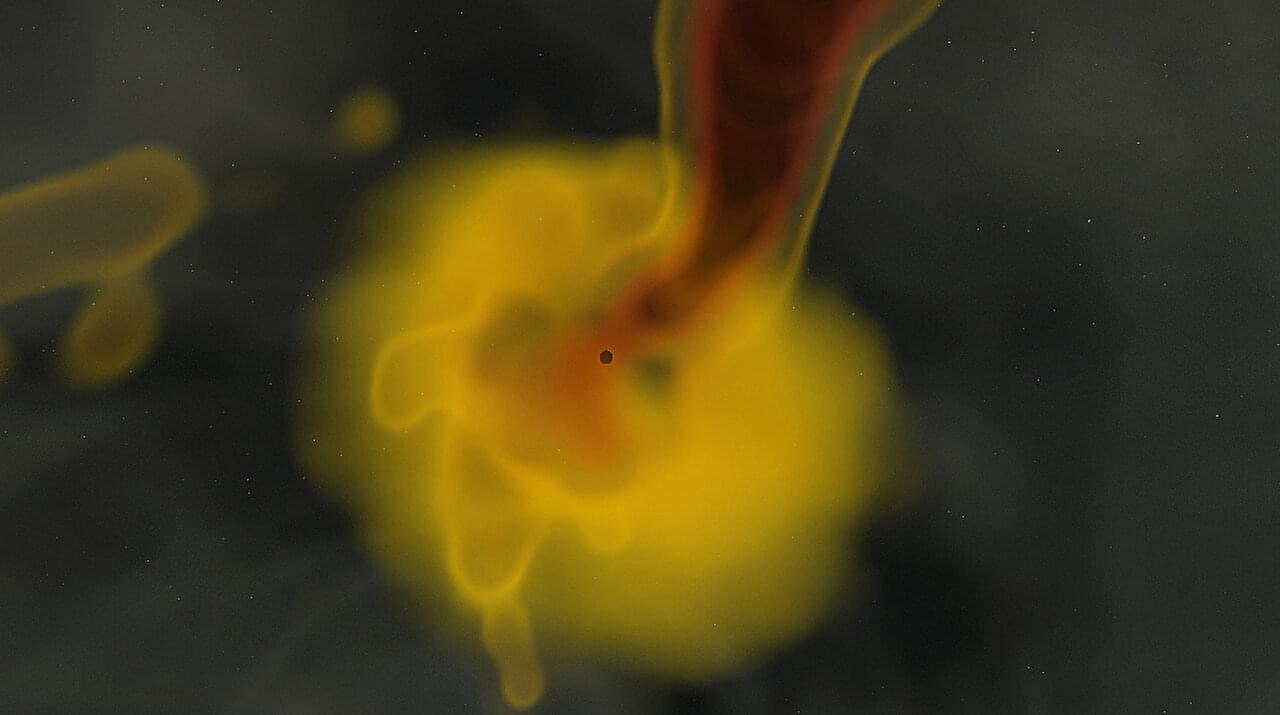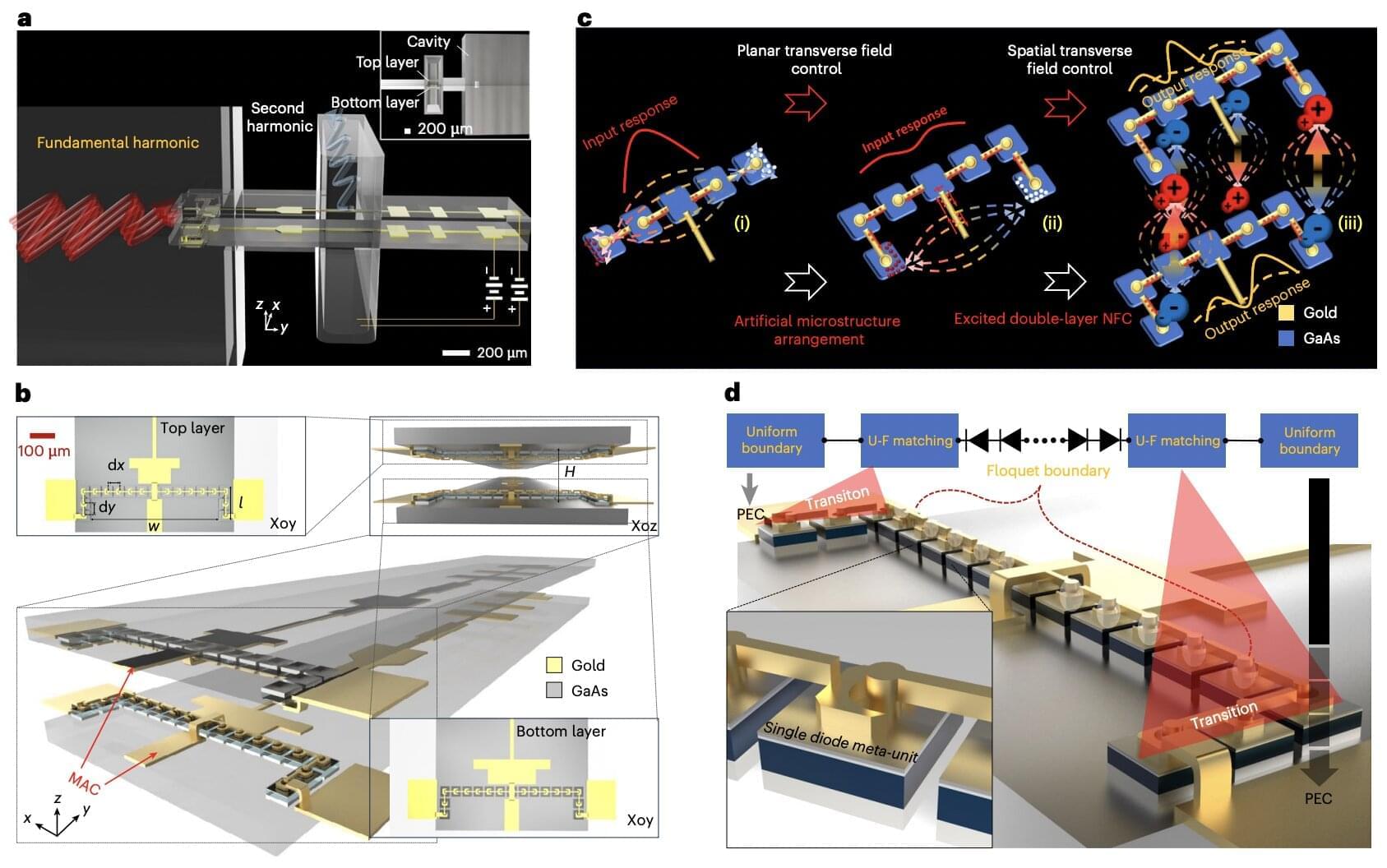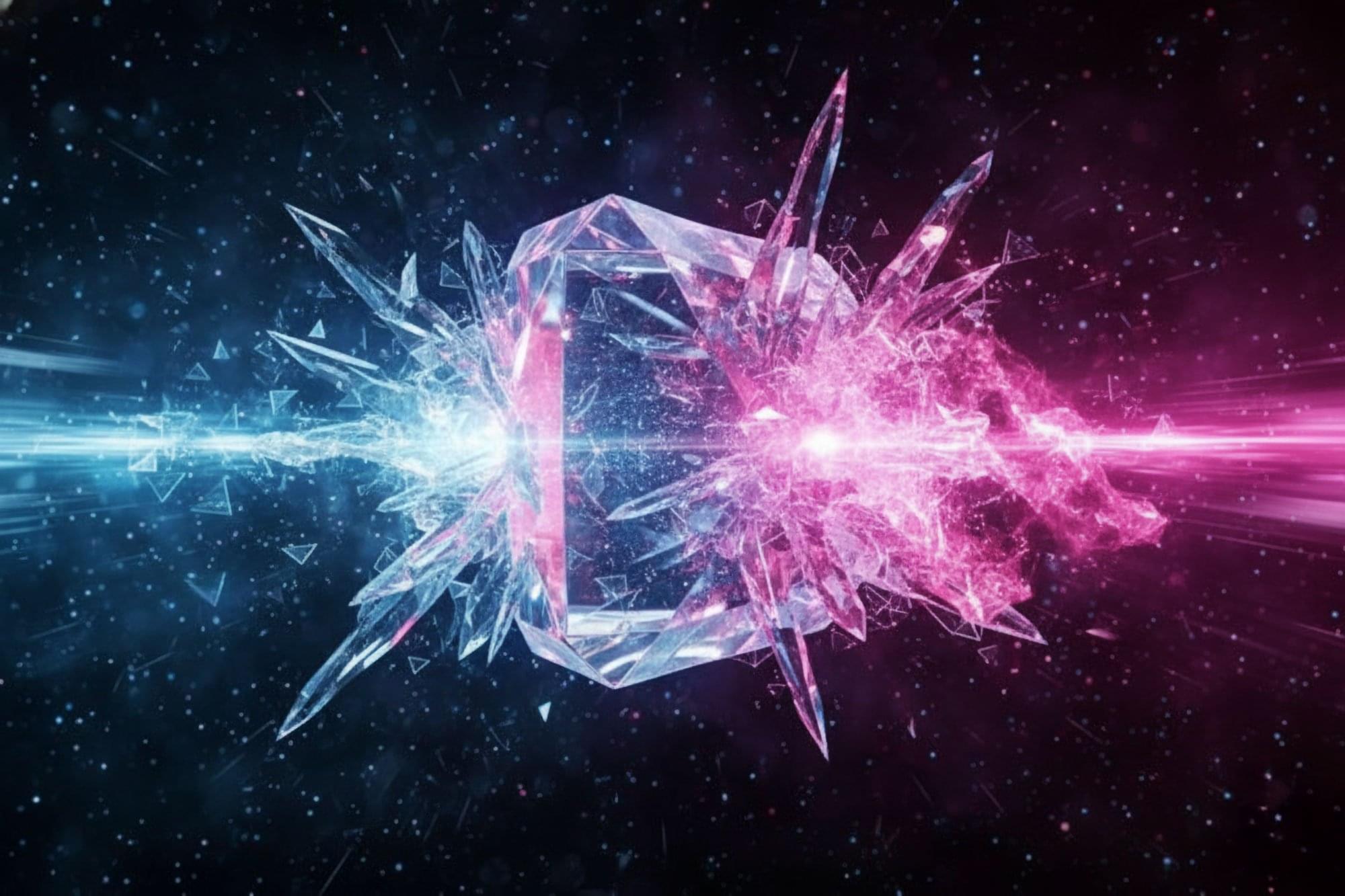Researchers from Peking University say their resistive random-access memory chip may be capable of speeds 1,000 faster than the Nvidia H100 and AMD Vega 20 GPUs.



In 2023, astronomers detected a huge collision. Two unprecedentedly massive black holes had crashed an estimated 7 billion light-years away. The enormous masses and extreme spins of the black holes puzzled astronomers. Black holes like these were not supposed to exist.
Now, astronomers with the Flatiron Institute’s Center for Computational Astrophysics (CCA) and their colleagues have figured out just how these black holes may have formed and collided. The astronomers’ comprehensive simulations—which follow the system from the lives of the parent stars through to their ultimate death—uncovered the missing piece that previous studies had overlooked: magnetic fields.
“No one has considered these systems the way we did; previously, astronomers just took a shortcut and neglected the magnetic fields,” says Ore Gottlieb, astrophysicist at the CCA and lead author of the new study on the work published in The Astrophysical Journal Letters. “But once you consider magnetic fields, you can actually explain the origins of this unique event.”

Whole-brain emulation (often called “mind uploading” in science fiction) refers to the possible future ability to scan a human brain in such detail that a digital replica could be created, capable of functioning, and perhaps even experiencing the world, like the original. While we are far away from this now (the current record is a fruit fly) an increasing number of neuroscientists and entrepreneurs are betting that we may be closer than most think. What is happening in the world of computational neuroscience, and will the world be ready for it?


Electromagnetic waves with frequencies between microwave and infrared light, also known as terahertz radiation, are leveraged by many existing technologies, including various imaging tools and wireless communication systems. Despite their widespread use, generating strong and continuous terahertz signals using existing electronics is known to be challenging.
To reliably generate terahertz signals, engineers often rely on frequency multipliers, electronic circuits that can distort an input signal, to generate an output signal with a desired frequency. Some of these circuits are based on Schottky barrier diodes, devices in which the junction between a metal and semiconductor form a one-way electrical contact.
While some frequency multipliers based on Schottky barrier diodes have achieved promising results, devices based on individual diodes can only handle a limited amount of energy. To increase the energy they can manage, engineers can use several diodes arranged in a chain. However, even this approach can have its limitations, as the distribution of the electromagnetic field between the diodes in a chain often becomes uneven.


Integrated photonics has become a multi-billion-dollar industry, but it is feeling the heat—literally.
An increasingly important component in data centers, photonic devices move and process data using light instead of electricity. The physical nature of light gives this approach several advantages, including higher bandwidth and lower latency.
One limitation on even wider adoption has been the hardware’s sensitivity to temperature. If photonic devices become a little too hot or a little too cold, their exquisitely tuned photonic properties can be disrupted.

It may look like an ordinary satellite, but the recently launched Haven Demo is a major step toward the first commercial space station. Built by Vast, the 1,100-lb (500-kg) uncrewed spacecraft will test core systems of the planned Haven-1 outpost.
Launched on November 1, 2025 atop a SpaceX Falcon 9 rocket, Haven Demo was one of 18 shared payloads for a variety of customers that formed the Bandwagon-4 mission. The satellite is scheduled to remain in orbit for six months during which it will carry out a series of tests to reduce the risk of failure when Haven-1 is put into orbit in May of next year.
True, the Haven Demo doesn’t look like any sort of space habitat. There’s no balloon-like module for astronauts to hang out in, but it does have propulsion systems, flight computers, navigation and guidance systems, communication units, and power systems similar to those that will be used on Haven-1. The Haven Demo will not only validate these systems in orbit, but it will also test the ground network and mission operations infrastructure back on Earth.

